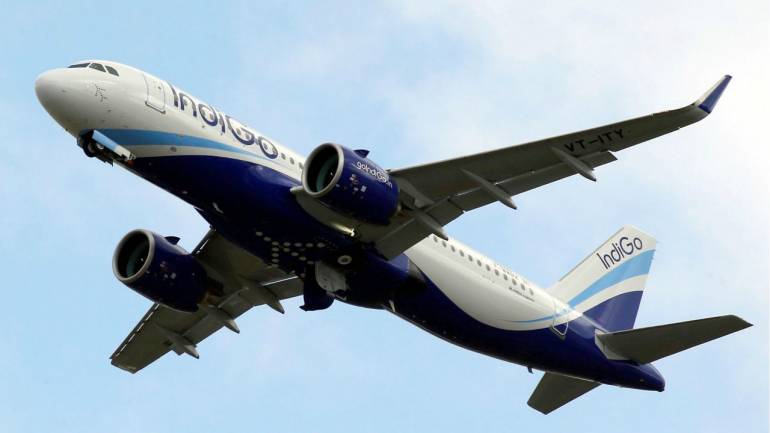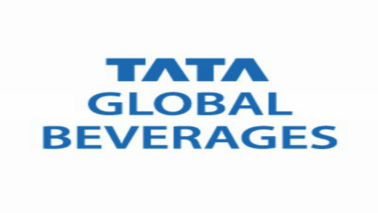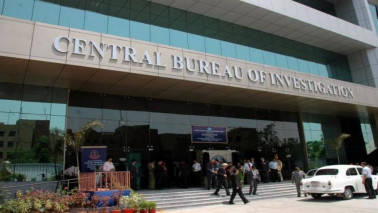The airline has gone back to the model when it recently added its ATR fleet
India's largest airline IndiGo, operated by Interglobe Aviation, has gone back to the sale and lease model, at least for now, instead of buying aircraft, as it looks to conserve cash in trying circumstances.
Till 2017, the airline had championed the sale and leaseback model. But that year, it switched to buying aircraft and owning them to bring down ownership cost and counter rising lease rentals.
However, in an indication of squeezed margins, the airline has been forced to go back to the old model. Chief Financial Officer Rohit Philip said IndiGo has used the sale and leaseback model for the recent two additions in its fleet of ATR aircraft.
The airline now has a fleet of 14 ATRs. Of these, the first 12 were bought as cash purchases.
"During the periods of uncertainty, it is always prudent for airlines to manage cash carefully. So we decided to finance the next tranche of five airplane through an operating lease, and then we make a case-by-case basis beyond that," said Philip. He said the airline will be using the sale and leaseback model for the next three ATRs too.
At the same time, the IndiGo CFO reiterated this was a temporary measure to preserve the cash.
In a sale and leaseback model, an airline buys an aircraft, sells it to a lessor and then leases the plane back. The model helps conserve cash, and also keeps airline books debt free.
The change
In 2017, the airline industry was enjoying healthy margins, thanks to cheap fuel. IndiGo could dip into its cash reserves to buy aircraft and keep them.
Cash purchases also helped counter lease rentals that were going skywards. This was especially true for the new A320neos. "On a net basis, there is differences in Ceos and Neos, especially when you talk about older planes. You will have low lease rentals. Especially, the used planes that we have, have low lease rentals but higher maintenance costs, higher fuel burn," said Philip.
The Ceos are the earlier generation A320 aircraft.
Philip added: "Neos might have slightly higher rentals but lower maintenance costs and lower fuel burn."
Higher costs
Circumstances changed last year when a record increase in crude rates saw most of the airlines, including IndiGo, bleeding. The airline, which has the highest market share in the domestic aviation industry, reported its first quarterly loss since listing on the BSE in the second quarter of the current financial year.
In the third quarter, an improved other income helped the low budget carrier keep its book in the black.
The airline has the most aggressive fleet expansion plan, among its Indian peers. In the third quarter, IndiGo added 19 aircraft to its fleet, which now has 208 planes. Of these, 29 are owned by the company and the rest is on the sale and leaseback model.
The carrier has also increased the number of dollar-denominated leases.
"Now about 80 percent of our supplementary rent liability is collateralised with dollar deposits," said Philip. "So the exposure to the rupee on the mark-to-market on this - it used to be in the order of Re 1 is equal to Rs 85 crores. Currently, it is Re 1 is equal to Rs 24 crores. And we will, by the end of next quarter, I think pretty much be fully hedged," he added.



















